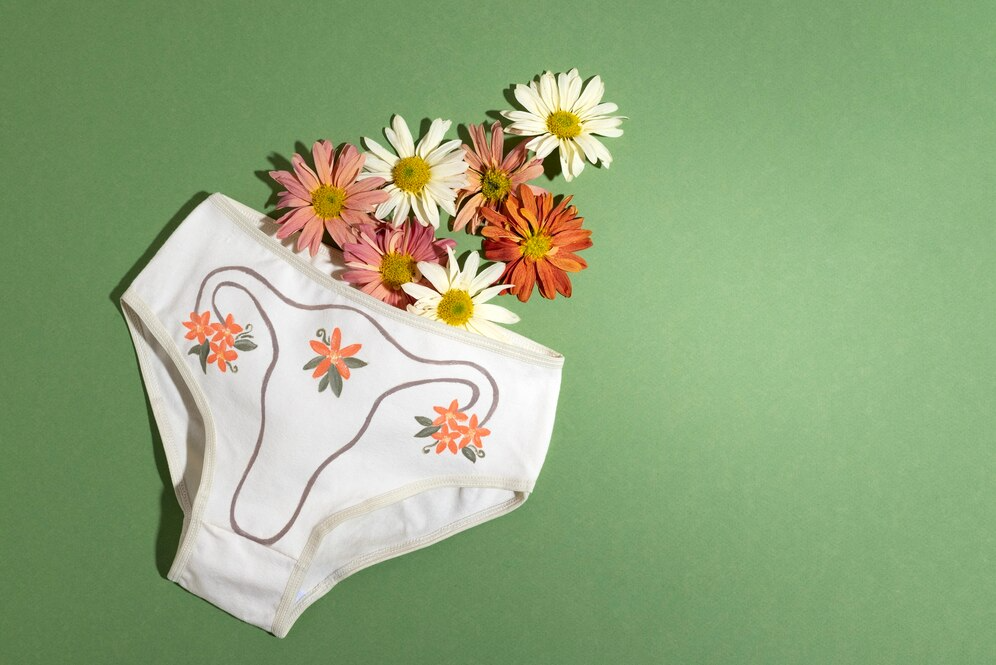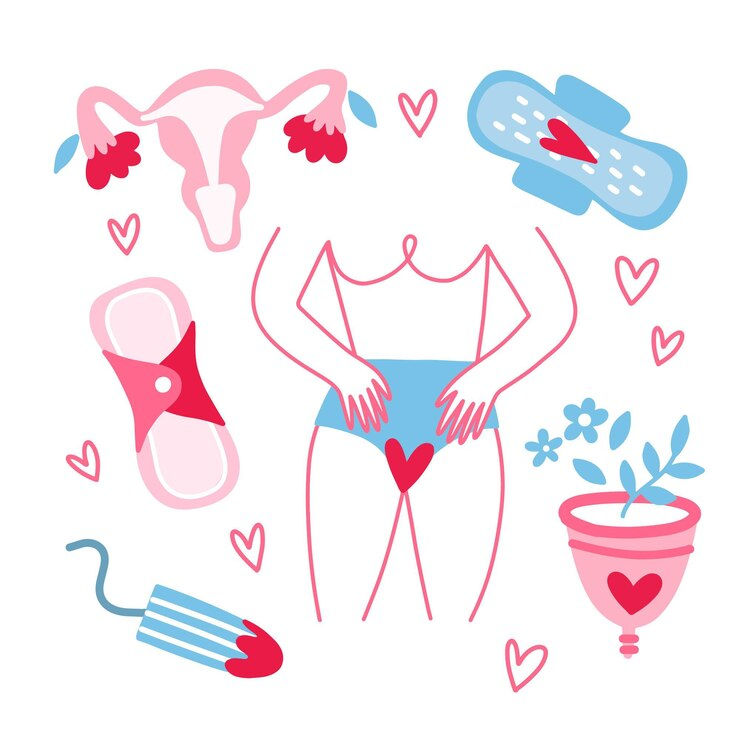Nurturing Femininity: A Holistic Guide To Elevating Female Intimate Hygiene For Optimal Well-being
Table of Contents
In the realm of personal care, the importance of maintaining intimate hygiene is often understated, particularly when it comes to women’s health. Female intimate hygiene is a crucial aspect of overall well-being, contributing not only to physical health but also to emotional and mental wellness.
This comprehensive guide aims to shed light on the various facets of female intimate hygiene, exploring the significance of maintaining a delicate balance for a woman’s intimate health.
Understanding the Female Anatomy:
Before delving into the specifics of female intimate hygiene, it is essential to have a fundamental understanding of the female reproductive system.
The vagina, cervix, and external genitalia constitute the intricate network that plays a pivotal role in a woman’s reproductive and overall health.
The vagina, a muscular tube, connects the uterus to the external genitals and is host to a unique ecosystem of microorganisms, commonly known as the vaginal microbiota.
Balancing Act: The Vaginal Microbiota
The vaginal microbiota consists of various bacteria, with Lactobacillus being the dominant species. This microbial community plays a crucial role in maintaining the vaginal pH, which is typically acidic (around 3.8 to 4.5).
This acidic environment helps ward off harmful bacteria and infections, providing a natural defense mechanism for the reproductive system.
Tips for Female Intimate Hygiene:
1. Gentle Cleansing:
Proper cleansing is essential for female intimate hygiene. However, it’s crucial to use mild, fragrance-free, and pH-balanced cleansers specifically designed for the intimate area.
Harsh soaps and perfumed products can disrupt the natural balance of the vaginal microbiota, leading to irritation and infections.
2. Regular Changing of Menstrual Products:
Changing menstrual products, be it pads, tampons, or menstrual cups, at regular intervals is imperative. Extended use of these products can create a breeding ground for bacteria, potentially causing infections.
It’s essential to choose products that suit individual preferences and comfort.
3. Wiping Technique:
When using the toilet, it is advisable to wipe from front to back to prevent the transfer of bacteria from the anal region to the vagina.
This simple practice can help minimize the risk of urinary tract infections (UTIs) and other infections.
4. Cotton Underwear:
Opting for breathable fabrics like cotton underwear can contribute to better intimate hygiene.
Cotton allows proper air circulation, reducing moisture and preventing the growth of harmful bacteria.
5. Adequate Hydration and Nutrition:
Staying hydrated and maintaining a balanced diet are essential factors for overall health, including intimate well-being.
Water helps flush out toxins from the body, while a nutrient-rich diet supports the immune system and aids in maintaining hormonal balance.
6. Regular Health Check-ups:
Regular gynecological check-ups are vital for women’s health.
Routine screenings, such as Pap smears and pelvic exams, can help detect any abnormalities or infections early on, ensuring timely intervention and treatment.
7. Safe Sexual Practices:
Practicing safe sex is not only essential for preventing unwanted pregnancies but also for safeguarding against sexually transmitted infections (STIs).
Using barrier methods, such as condoms, can significantly reduce the risk of infections.
8. Avoiding Douching:
Douching, or the practice of using water or other fluids to clean the vagina, is generally discouraged by healthcare professionals.
The vagina is self-cleaning, and douching can disrupt its natural pH balance, leading to irritation and an increased risk of infections.
Challenges and Misconceptions:
Despite the importance of female intimate hygiene, societal stigmas and misconceptions persist, making it challenging for women to openly discuss and address their intimate health concerns.
Education and awareness campaigns are crucial in dispelling myths and fostering a supportive environment where women feel empowered to prioritize their intimate well-being.
Conclusion:
Female intimate hygiene is an integral aspect of women’s health that extends beyond mere cleanliness. It involves maintaining a delicate balance in the vaginal ecosystem to promote overall well-being.
By adopting simple yet effective practices, women can navigate the intricacies of intimate hygiene, ensuring that they prioritize their health and embrace their femininity with confidence and vitality.
Regular health check-ups, open communication, and a holistic approach to personal care contribute to a positive and empowered journey towards female intimate well-being.


